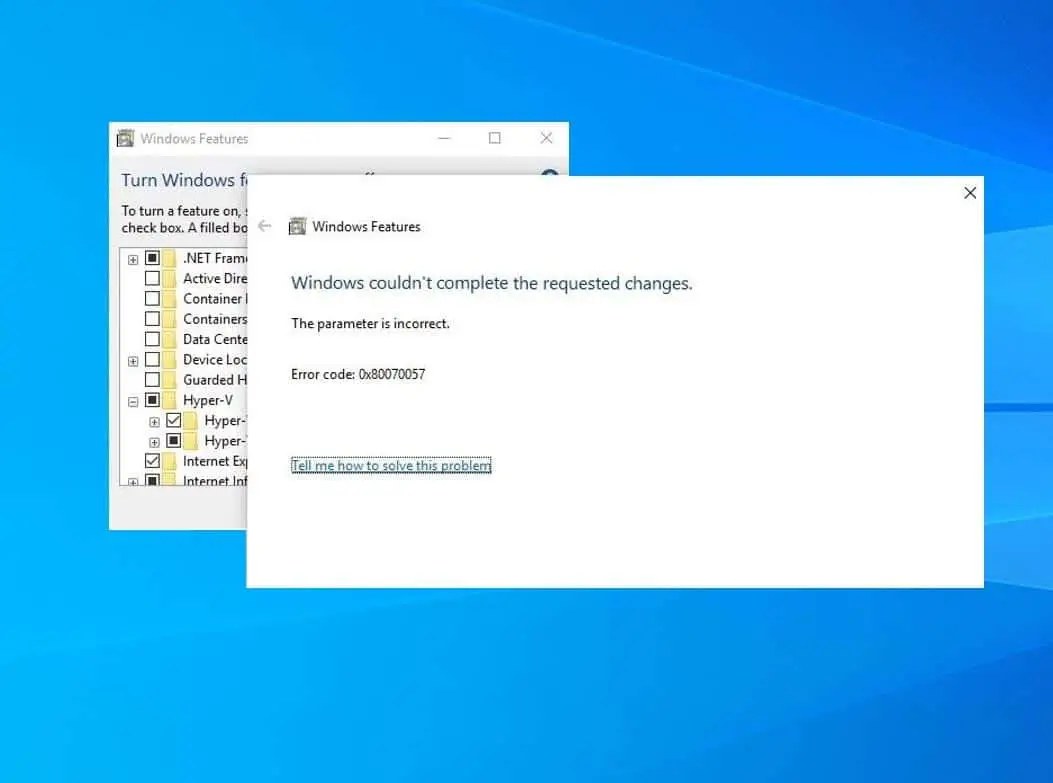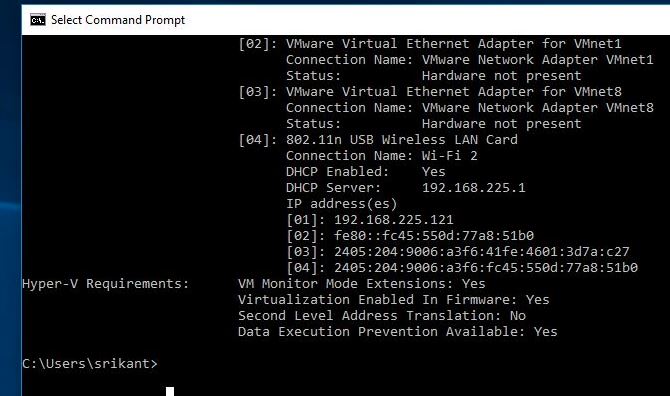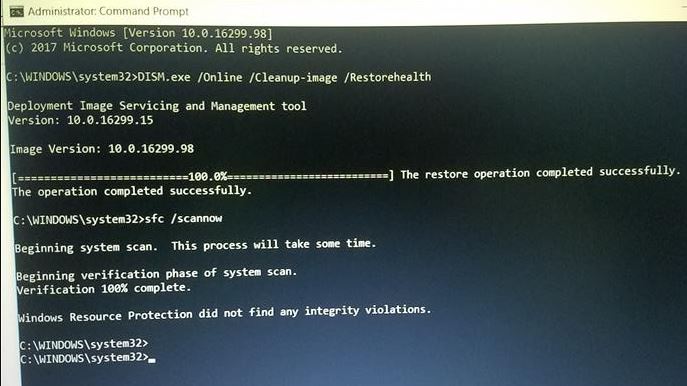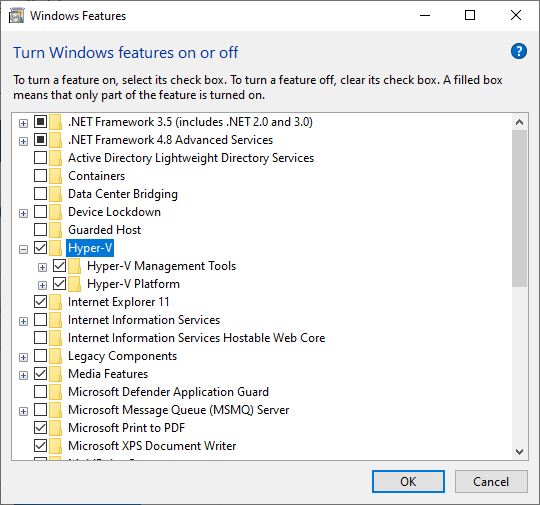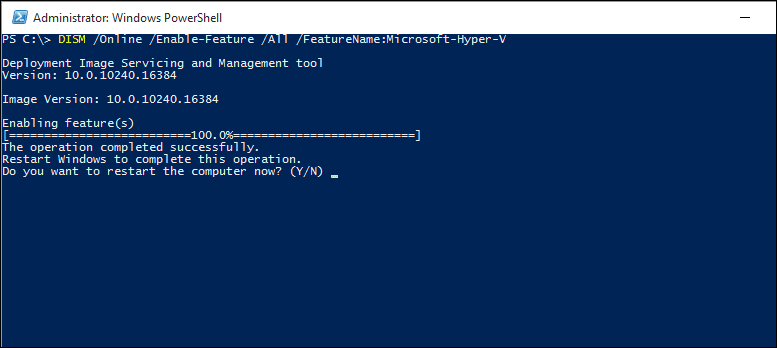Hyper-V, virtualization technology tool included on Windows 10 Pro, Enterprise, and Education, that allows creating one or multiple virtual machines to install and run different OS on one Windows 10 PC. To use this feature your device must support virtualization technology and its enabled on BIOS. And you need to enable Hyper-V feature from control panel -> Programs then Turn Windows feature on or off. Well, it’s simple and easy, But sometimes users report getting Error Code 0x80070057 When installing Hyper-V in Windows 10.
When attempting to install Hyper-V through the Add Programs and Features in Windows 10 Pro I can get 3 of the 4 checkboxes installed. The last checkbox, Hyper-V Services, keeps returning an error:
Windows couldn’t complete the requested changes.
The parameter is incorrect.
Error code: 0x80070057.
Cant enable Hyper-V – Error 0x80070057
Well if you are also struggling from similar problem, here the solution that worked for me.
Check system meets the minimum system requirement
Before go ahead check and make sure your system meets the minimum system requirement to enable the Hyper-V feature.
- 64-bit Operating System
- Windows 10 Pro or Windows 10 Enterprise
- 64-bit processor, CPU needs to support Second Level Address Translation (SLAT)
- Minimum 4GB system RAM
- BIOS-level Hardware Virtualization support
Note: Hyper-V isn’t available in Windows 10 Home edition.
Well, you can use the command systeminfo.exe. This will display Hyper-V related entries If your system is hardware compatible.
Make sure Windows update service running
Also, check and make sure the Windows Update service is running and You have a working internet connection to download feature files from the Microsoft server.
- Press Windows + R, type services.msc and click ok,
- This will open windows services console,
- Scroll down and check Windows update service is running,
- If not Right-click on Windows Update service and select start
- Also, change its startup type to automatic.
Run DISM RestoreHealth Command
Sometimes corruption of one or more system elements effect enables new features that include Windows Hyper-V. Run Build in DISM RestoreHealth Command that help prepare Windows images, including those used for Windows PE, Windows Recovery Environment (Windows RE) and Windows Setup.
- Open the command prompt as administrator,
- Type command DISM /Online /Cleanup-Image /RestoreHealth,
- Let the scanning process to complete 100%,
- Then after run system file checker utility command sfc /scannow,
- this will detect and restore missing files with the correct one,
- Restart Windows after 100% complete the scanning process.
Install Latest Windows updates
Windows 10 is set to download and install the latest windows updates automatically. But you can manually check and install the latest updates. And this is good work before enabling Hyper V.
- Press Windows + I keyboard shortcut to open the settings app
- Click on Update & security than Windows update,
- On the right-hand side click on the check for updates button,
- Let windows update to check for and install the latest updates if available,
- Restart windows to apply the changes.
Now again try to enable Hyper-V Feature from the Windows features window.
Enable hyper v using PowerShell
Also, you can use the Deployment Image Servicing and Management tool (DISM) to enable Windows features while the operating system is running. And To enable the Hyper-V follow the steps below.
Open PowerShell as administrator,
Type the following command:
DISM /Online /Enable-Feature /All /FeatureName:Microsoft-Hyper-V
- Restart Windows after complete 100%
- Check this help to enable hyper v in windows 10
Also read:
- Fix Service Registration Is Missing Or Corrupt In Windows 10, 8.1 and 7
- Solved: Microsoft edge not working after windows 10 update
- Solved: Your DNS Server Might Be Unavailable In Windows 10, 8.1 and 7
- How to Fix Printer Problems in Windows 10 Update
- We couldn’t connect to the update service in Windows 10
